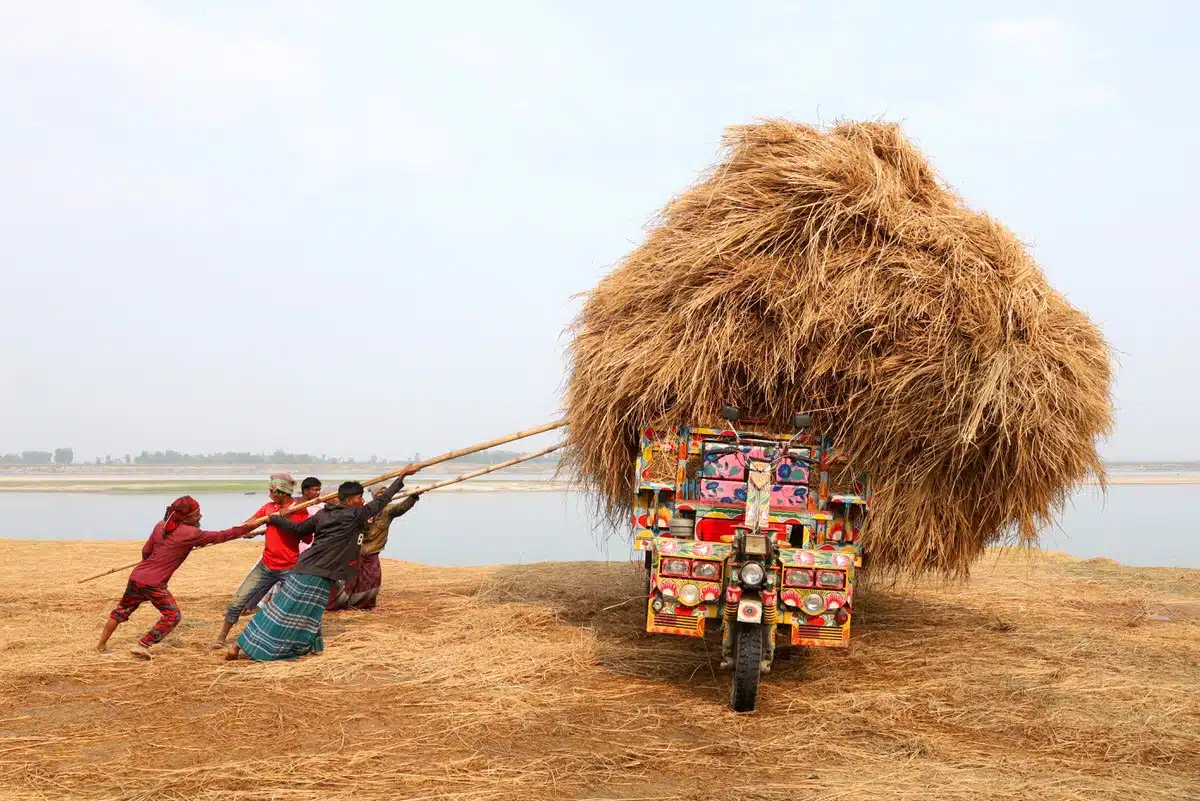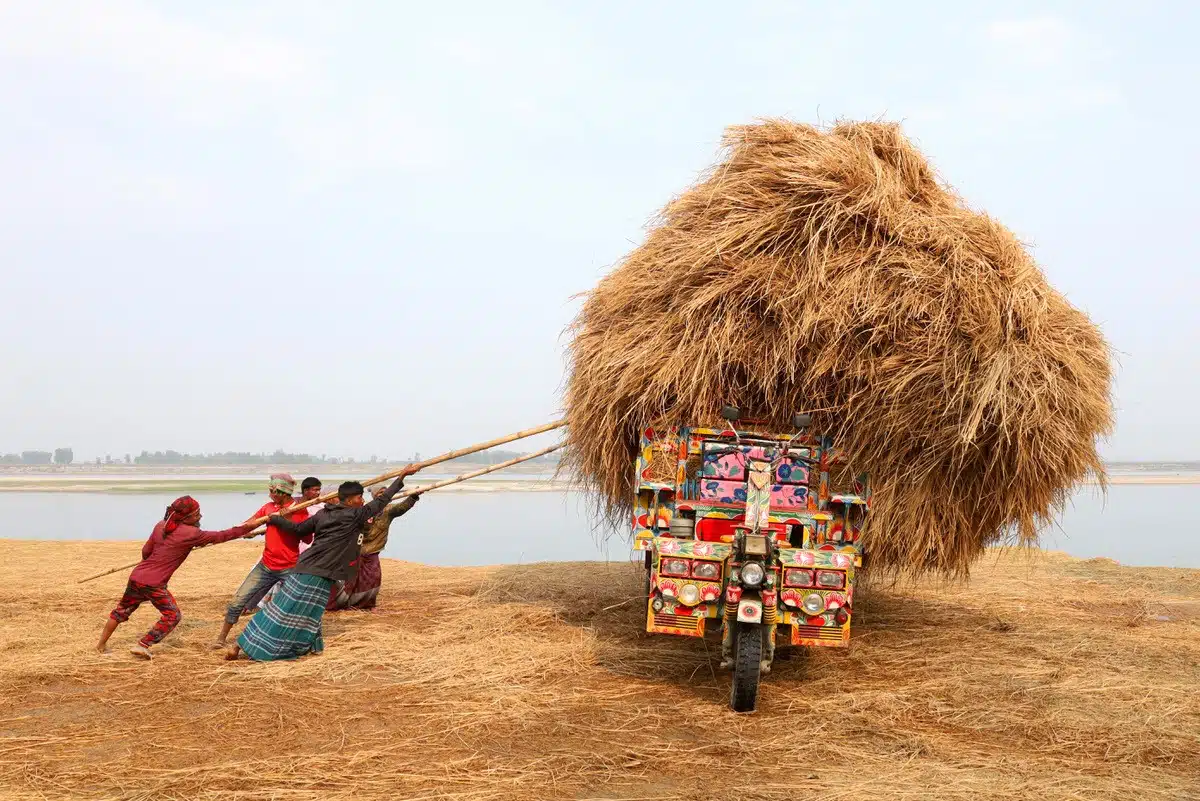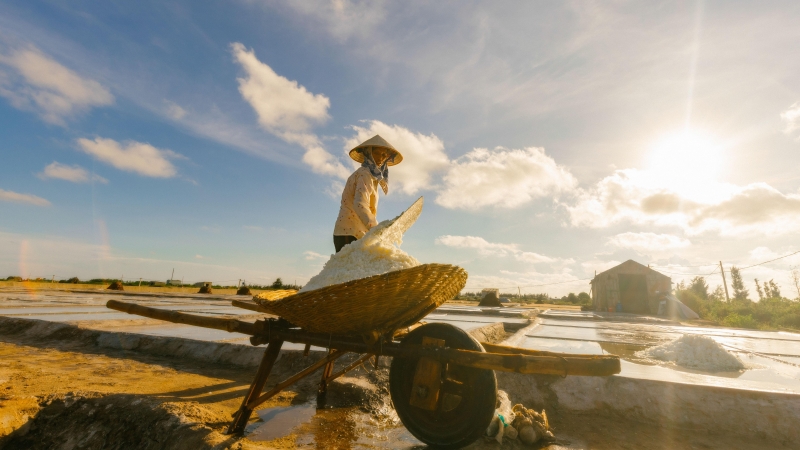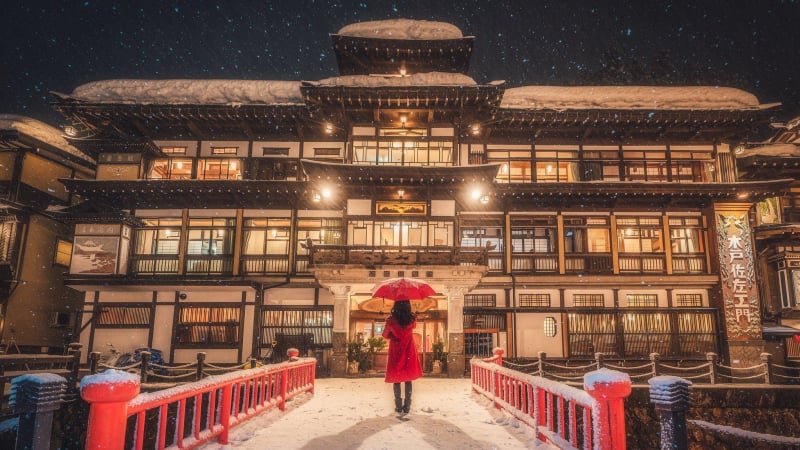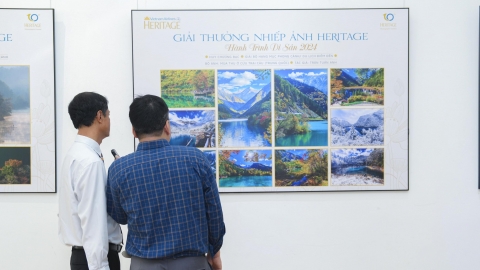The vast world out there is always an endless source of inspiration for those who love beauty and exploration. The Travel Photo Awards competition organized by The Independent Photographer is a great testament to the power of travel photography, not only capturing moments, but also conveying the cultural stories and landscapes of many lands. This year, the finalists of the competition opened a door to strange but fascinating worlds, taking us on a journey through global cultures and landscapes.
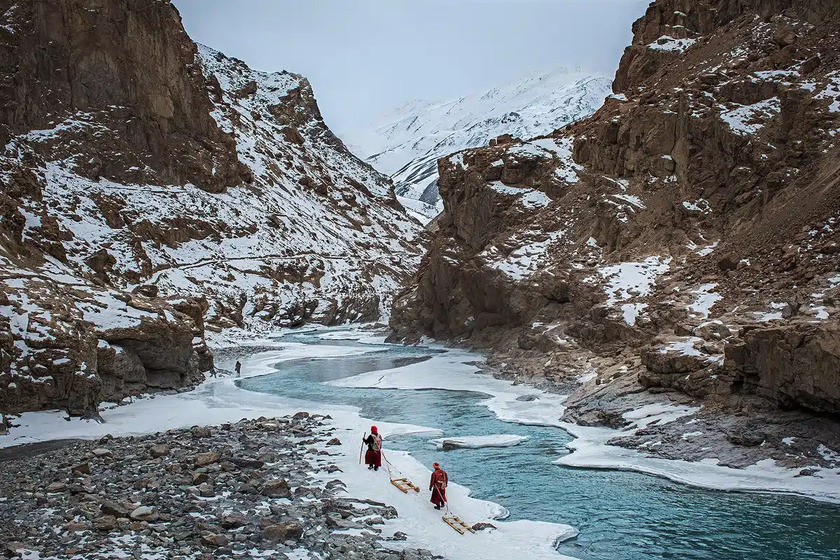
First Prize: “Transporting essentials to Phugtal Monastery” - Photo: Andrew Newey. Location: Ladakh, Northern India
Phugtal is a Buddhist monastery located in the remote Lungnak Valley in southeastern Zanskar, in the Ladakh region of the Himalayas in Northern India. During winter, heavy snowfall covers the roads, making them impassable. A new route has been created over the glaciers of Zanskar, through which vital supplies are transported to the remote monasteries.

Second Prize: “Kathakali” - Photo: Thaddäus Biberauer. Location: Kerala, India

Third Prize: "Everyday Moments at Taungthaman Lake" - Photo: David Keith Brown. Location: Amarapura, Myanmar
Sunset scene with boatmen on Taungthaman Lake, seen from U Bein Bridge in Amarapura, Myanmar. One of the most typical scenes of Amarapura is that one can see fishermen wading waist-deep in the muddy water to catch fish, blending into the poetic and peaceful scene.

Finalist: "Breakfast at Phuktal Monastery" - Photo: Andrea Peruzzi. Location: Ladakh, Northern India
At the remote Phuktal monastery, a novice monk awaits the arrival of the Lamas to begin serving breakfast. Every morning, after completing the Puja rituals and before the start of the Buddhist teachings, the novice monks prepare food to share on the terrace, which overlooks the majestic Zanskar Valley. In a place where the number of monks and nuns is dwindling, and the Lamas are aging, the small school is a hope for the preservation of the monastery and local religious traditions.

Finalist: "Infinite Loop" - Photo: Barry Crosthwaite. Location: Rajasthan, India
The stepwells of Rajasthan have a rich history spanning over a thousand years. Originally built to collect rainwater and access groundwater, they have become architectural wonders and communal spaces. With their intricate carvings, stepwells are both practical and aesthetically pleasing. They played an important role in water storage in arid regions and served agricultural, ritual, and domestic purposes. Despite their decline over time, the cultural significance of stepwells continues to live on.

Finalist: "King of South Sudan" - Photo: Alessandro Bergamini. Location: Sudan
The Mundari tribe of South Sudan have a close relationship with their cattle. Due to their isolated location and political instability, the tribe’s customs have changed little over the centuries. The relationship between herders and their cattle is mutual, with the cattle considered part of the family.
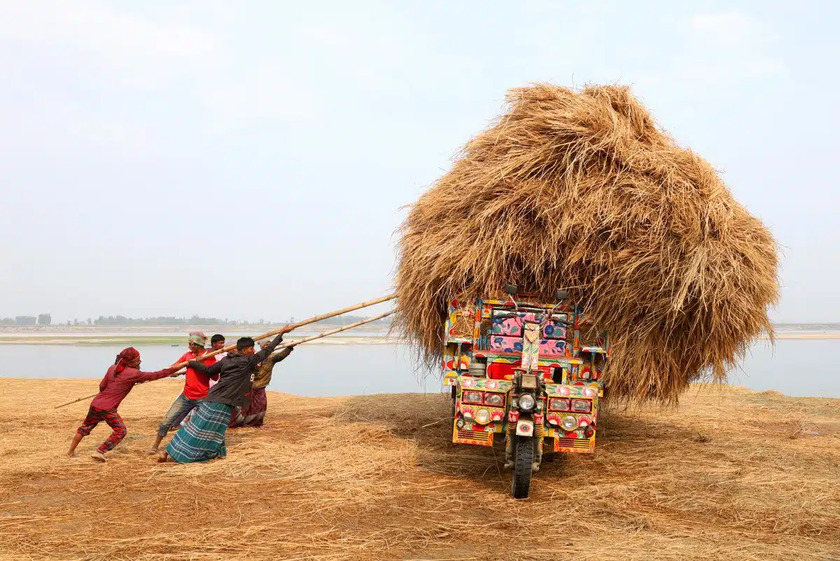
Finalist: "Straw" - Photo: Syed Mahabubul Kader. Location: Kazipur Upazila, Bangladesh
This photo shows a group of workers unloading rice straw from a pickup truck in Kazipur Upazila, Bangladesh. Rice straw, an agricultural by-product, is used in a variety of ways by farmers, from as feed and bedding for livestock to roofing and biofuel. It is an integral part of farming and the livelihoods of local communities.
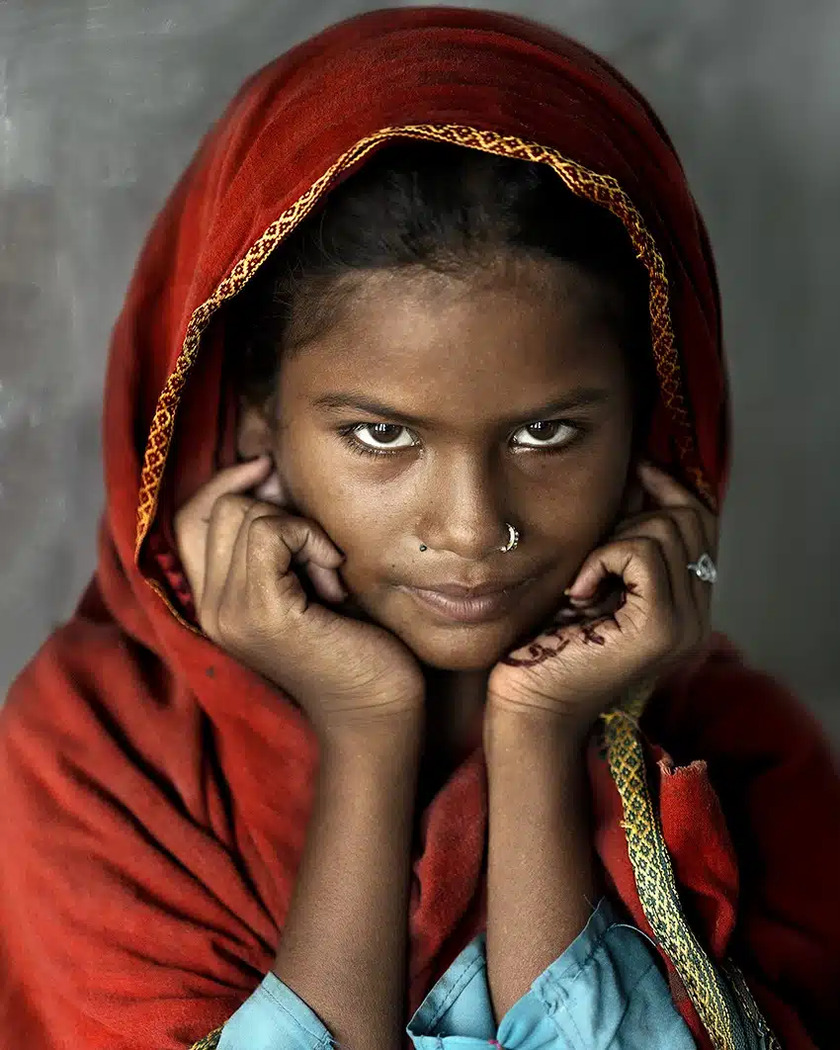
Finalist: "Gunja" - Photo: Sofia Brogi. Location: Sarnath, India.
The photo shows Gunja, who approached the author and asked for food and then ate with her. In a few short hours, they listened to Indian songs on YouTube and finished the food on their plates. Later, Sofia Brogi met Gunja’s family, including her mother and younger sisters, all of whom live on the streets, reflecting the difficult lives of homeless people in India.

Finalist: "Rainbow Mountain" - Photo: Nicolas Castermans. Location: Andes Mountains, Peru
The photo shows a local rider and his horse riding on a 5,000 meter high pass near Rainbow Mountain – a natural wonder of Peru. Rainbow Mountain or Vinicunca Peak, at 5,200 meters high, is characterized by layers of rock that range from white, red, yellow and orange, due to the presence of different minerals. The mountain is home to the indigenous Quechua people and attracts many tourists to explore the wild and majestic landscape.
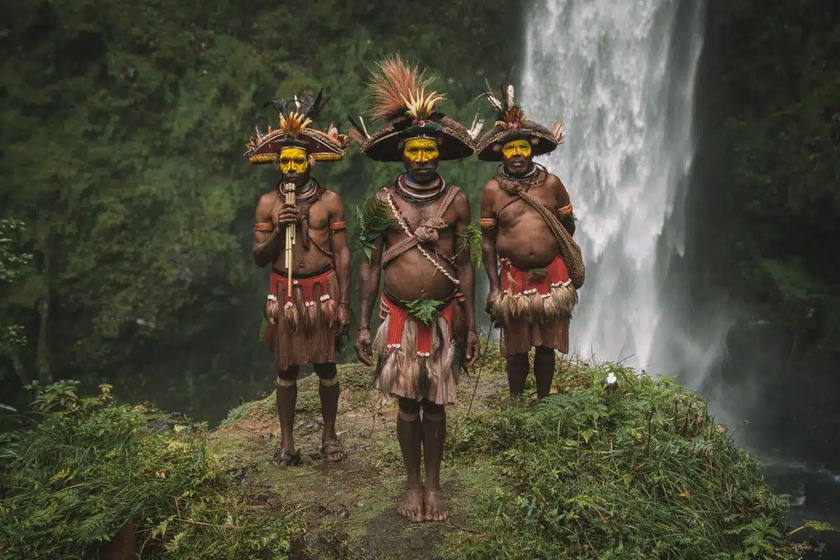
Finalist: "Huli Wigmen" - Photo: Luciano Lejtman. Location: Tari, Papua New Guinea
The Huli Wigmen are a proud tribe from the Huli territory in the highlands of Papua New Guinea. The Huli are proud of their origins, believing that they are descendants of a talented farmer named Huli, who gave them their present fertile land. Their distinctive features are their elaborate wigs made from human hair, decorated with feathers and jewelry, which represent the social status and personal achievements of the wearer, and deeply reflect the cultural identity of the tribe.





